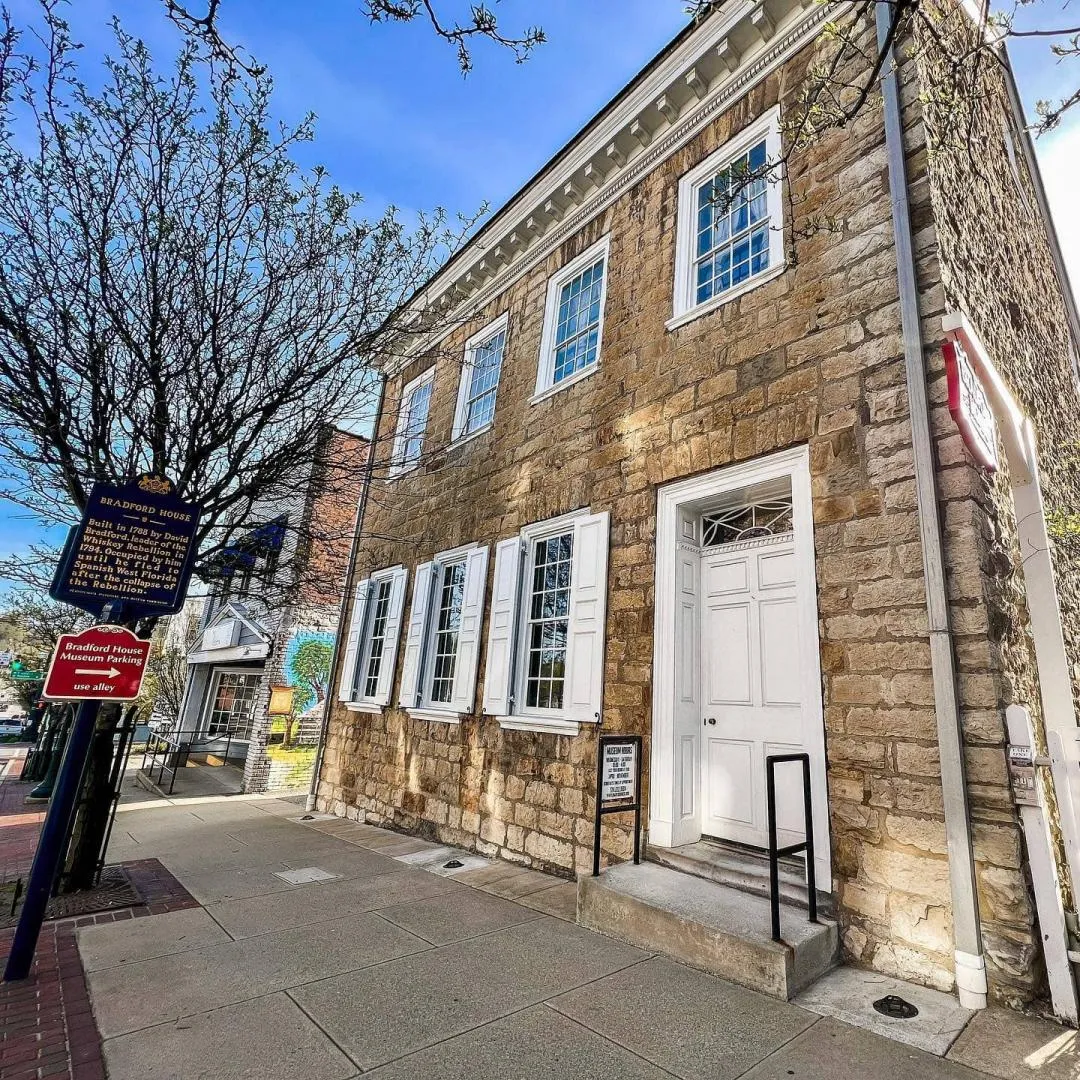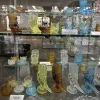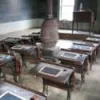
David Bradford was a successful lawyer, businessman, and Deputy Attorney General of Washington County, Pennsylvania, when his house was completed in 1788. David Bradford and his family lived in this house from 1788 to 1794. By 1794, he had become a prominent figure in the "Whiskey Rebellion".
David Bradford's home was known not only for its size but also for its fittings—the magnificent mahogany staircase and the interior woodwork, which showcased remarkable craftsmanship. The stone for the exterior was quarried near Washington, in what is now known as the Washington Cemetery; the interior decorations came from the East Coast and had to be transported across the mountains at great expense. The interior woodwork was all imported from England.
The furniture in this house, although not David Bradford's, is typical of what a wealthy Western Pennsylvania family would have had in the late 1700s. David Bradford and his family lived in this house from 1788 to 1794. The furniture was all made in Pennsylvania before the year 1800. Mr. Bradford, being a lawyer, would meet with his clients in the parlor.
The Dining room is where the adults would eat. The children would eat in the kitchen with the servants. After dinner, the women would leave, allowing the men to discuss politics or business. They would probably also have a drink of something more substantial than wine and have a smoke. After everyone was finished, all the silver, glasses, and other valuables were locked up.
The dining room has two cupboards. When this house was built, the Spanish were counting cupboards as rooms for tax purposes. This is why there are only two cupboards in the whole house. The Bradfords were also taxed on the number of LITES or windows in the house, and the larger the glass, the higher the tax.
After David Bradford fled to New Orleans, no one wanted to buy the house because of the large number of windows it had. David Bradford returned to Washington in 1799, after he was pardoned, to make arrangements to rent the house to Dr. Brent. The tax was dropped in 1800, and the house was purchased by Dr. Brent in 1803 for 230 barrels of flour delivered to Louisiana (there is some question about whether the total payment was ever made).
Below is the warming kitchen. The actual working kitchen and stable were behind and separate from the house to prevent the ever-present danger of fire from destroying the main house. Two servants and their two children lived in the working kitchen building, and another couple lived in the room above the warming kitchen
The West Indian mahogany stairway may be the outstanding example of affluence found in the home. Mr. Bradford said he paid a guinea for each of the 43 steps (approximately 43 gold pieces, or around $800), making this an outstanding mansion along the western frontier.
The home features three bedrooms on the second floor. The children slept two to three to a bed. All of the beds have feather ticks except the baby's, which would have had disposable straw inside. The toys on the mahogany table came from Williamsburg. Most children of the time would have only had toys made or carved by their parents. The master Bedroom shown below features a gentleman's highboy, divided into two sections for more effortless movement.
Bradford's second home was built about one hundred miles from New Orleans, beginning in 1796, after David Bradford fled to escape from the federal troops.



